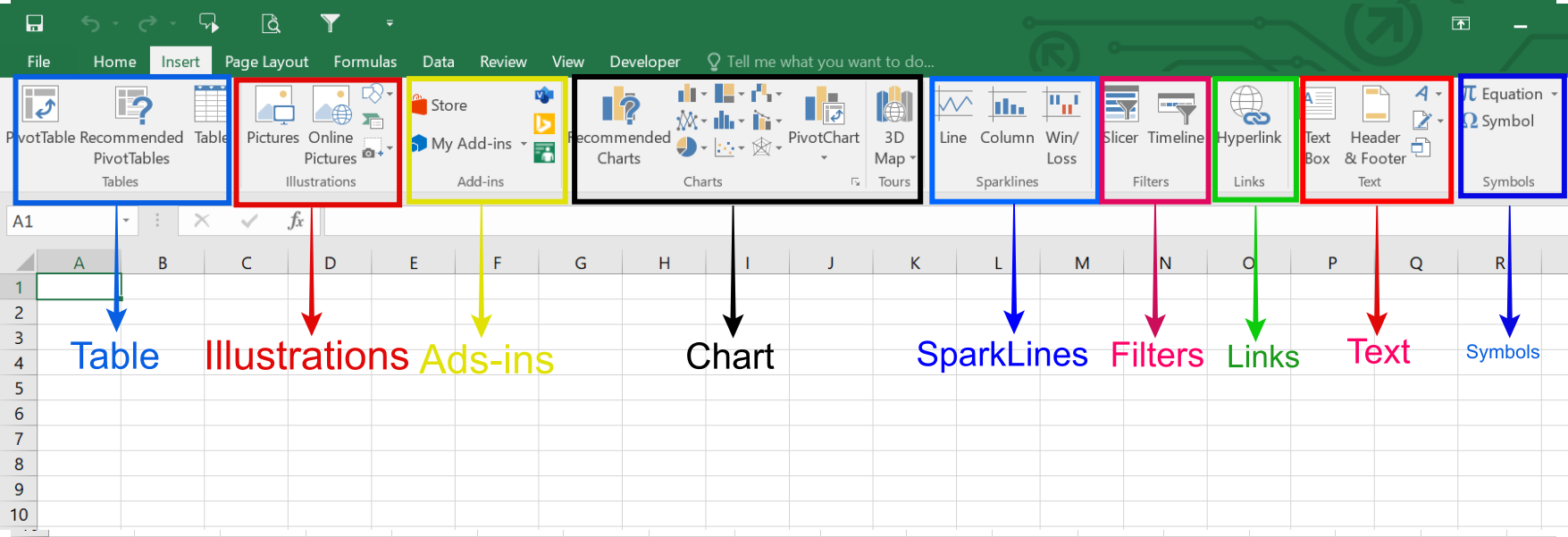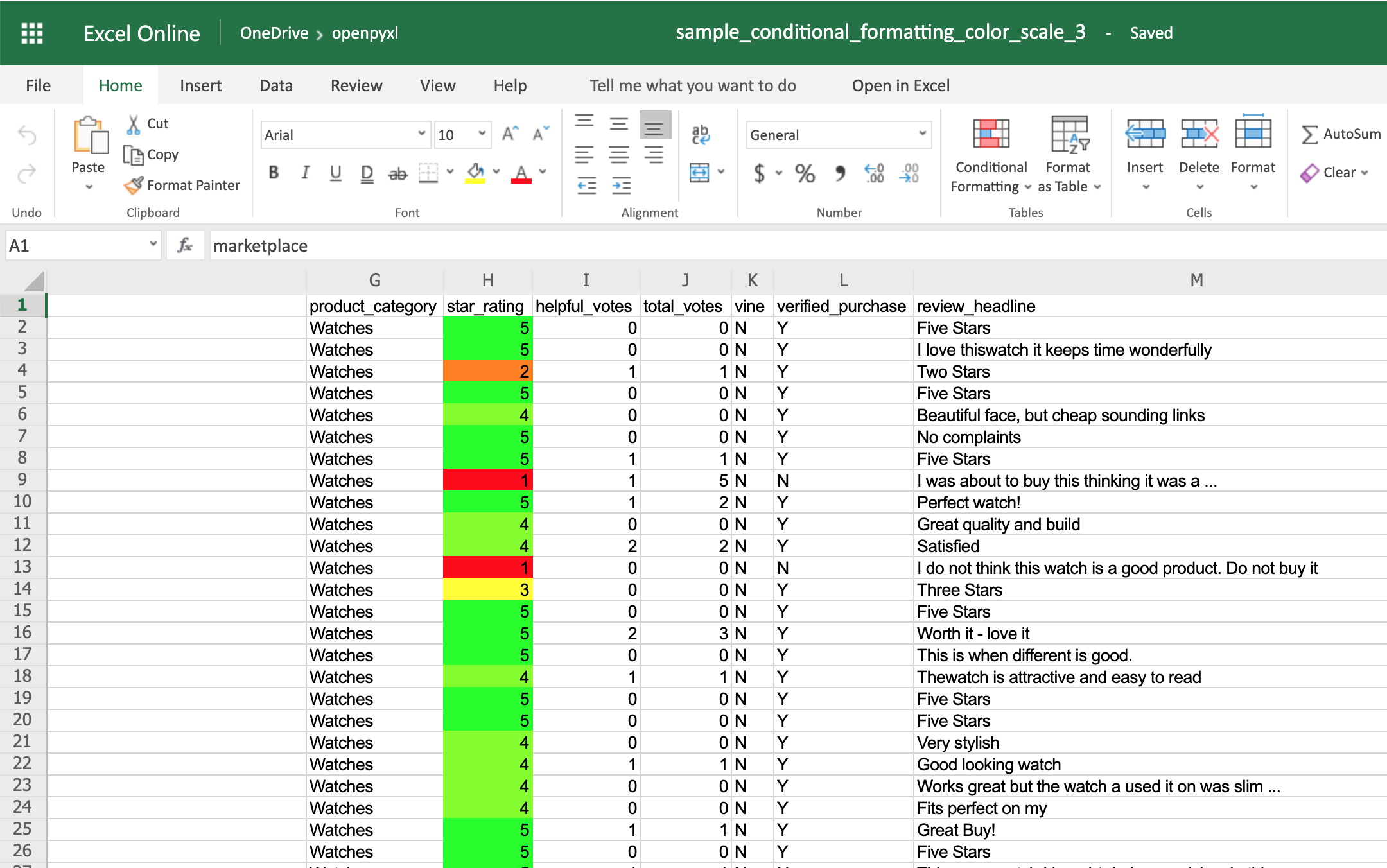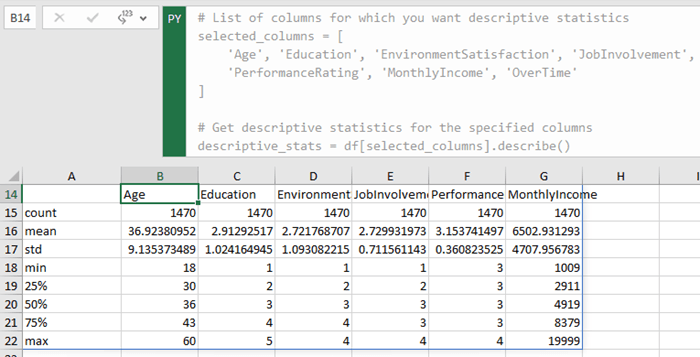Insert Excel Data Seamlessly with Python

In today’s data-driven business world, Excel remains a cornerstone for many professionals due to its robust data manipulation and analysis capabilities. However, importing and exporting data into Excel can often become tedious, especially when dealing with large datasets or when there’s a need for automation. Here, Python, with its versatile libraries, comes to the rescue, making data integration with Excel not just straightforward but also highly efficient. This article will explore how Python can be used to seamlessly insert data into Excel spreadsheets, providing you with the tools to make your data workflows smoother and more productive.
Why Use Python for Excel Data Insertion?

Python’s appeal in data management stems from:
- Ease of Automation: Automate repetitive tasks like data cleaning, formatting, and updates.
- Flexibility: Python can handle a wide variety of data formats beyond just Excel, like CSV, JSON, SQL databases, etc.
- Integration: Python integrates well with other systems, enabling you to pull data from various sources into Excel.
- Libraries: Libraries such as
openpyxlandpandasmake Excel operations simpler.
Libraries for Excel Manipulation

Let’s discuss the primary libraries that simplify Excel data operations:
openpyxl: This library is known for its ability to read, write, and modify Excel files. It’s excellent for working with Excel data at a granular level.
pandas: While not specifically for Excel, pandas is great for data manipulation. With its
ExcelWriterandExcelFile, it can work seamlessly with Excel files.
Step-by-Step Guide to Insert Data into Excel with Python

Here’s how you can insert data into an Excel file using Python:
1. Setting Up Your Environment
First, ensure Python is installed on your system. Then:
- Install
openpyxl:
pip install openpyxl
- Install
pandas:
pip install pandas
2. Creating or Opening an Excel File
With openpyxl:
from openpyxl import Workbook
# Create a new workbook
wb = Workbook()
ws = wb.active
ws.title = "Sheet1"
Or if you’re modifying an existing file:
from openpyxl import load_workbook
# Load an existing workbook
wb = load_workbook('example.xlsx')
ws = wb.active
3. Inserting Data
Let’s insert some simple data:
# Inserting data into cells
ws['A1'] = 'ID'
ws['B1'] = 'Name'
ws['C1'] = 'Age'
# Adding more rows
for row in range(2, 10):
ws.cell(row=row, column=1, value=row - 1) # ID
ws.cell(row=row, column=2, value=f"Person{row - 1}") # Name
ws.cell(row=row, column=3, value=(row + 17) % 60) # Age
Or with pandas:
import pandas as pd
data = pd.DataFrame({
'ID': range(1, 9),
'Name': [f'Person{i}' for i in range(1, 9)],
'Age': [(i + 17) % 60 for i in range(1, 9)]
})
# Write to Excel
with pd.ExcelWriter('example.xlsx', engine='openpyxl') as writer:
data.to_excel(writer, sheet_name='Sheet1', index=False)
Formatting Excel Files

Formatting can enhance readability and professionalism:
# Change cell color
from openpyxl.styles import PatternFill
fill = PatternFill(start_color='FFFF00', end_color='FFFF00', fill_type='solid')
for cell in ws['A1:C1']:
cell.fill = fill
# Change font and alignment
from openpyxl.styles import Font, Alignment
for cell in ws['A1:C1']:
cell.font = Font(bold=True, color='0000FF')
cell.alignment = Alignment(horizontal='center', vertical='center')
Advanced Techniques

- Inserting Formulas:
ws['D1'] = "Age Status"
for row in range(2, 10):
ws.cell(row=row, column=4, value=f'=IF(C{row}<=30, "Young", "Old")')
- Merging Cells:
ws.merge_cells('E1:G1')
ws['E1'] = "Summary"
ws['E1'].font = Font(bold=True, size=14)
Handling Excel Data

Let’s use pandas to process and insert data:
import pandas as pd
# Read from an existing Excel file
df = pd.read_excel('input.xlsx')
# Apply transformations
df['Processed'] = df['Data'].apply(lambda x: x.upper() if isinstance(x, str) else x)
# Save changes to a new Excel file
df.to_excel('output.xlsx', index=False)
Notes on Efficient Data Insertion

⚙️ Note: When dealing with large datasets, consider using `pandas` for bulk operations to optimize performance.
🔍 Note: Always backup your Excel files before performing major modifications to prevent data loss.
Wrapping Up

Using Python to insert data into Excel offers significant benefits in terms of efficiency, automation, and data management. With libraries like openpyxl and pandas, you can not only insert but also manipulate and format Excel data with ease. This article has provided you with the foundational knowledge to leverage these tools for your own Excel workflows, whether for small-scale or enterprise-level data management tasks.
FAQ Section

Can I use Python to automate my entire Excel workflow?

+
Yes, Python can automate many aspects of Excel workflows from data entry, formatting, to complex data analysis. Libraries like pandas and openpyxl enable you to script and automate tasks that would otherwise be manual.
What are the limitations of using openpyxl with Excel?
+
openpyxl doesn’t support some Excel-specific features like pivot tables, charts, or VBA macros. For these, you might need to look into other libraries or methods, like xlsxwriter for charts or using COM/PSA for Windows-specific solutions.
How can I optimize Python code for large datasets in Excel?
+
To handle large datasets efficiently, use pandas for bulk operations which are optimized for performance. Also, consider using vectorized operations instead of iterating over cells, and use openpyxl for tasks requiring more granular control.